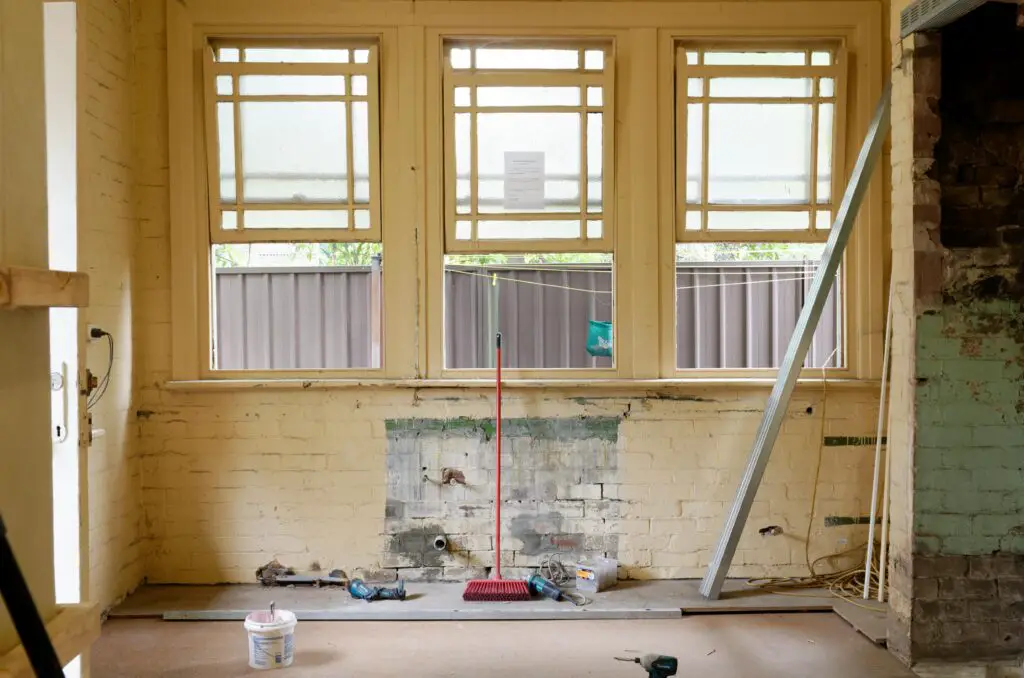1. Always Buy Bigger Than You Need

The traditional advice was to buy the biggest house you could afford, assuming you’d grow into it over time. However, with skyrocketing maintenance costs and shifting lifestyle priorities, many buyers now opt for smaller, more manageable homes. Downsizing has become the new trend, with buyers prioritizing quality over quantity.
2. You Need a 20% Down Payment

For years, the 20% down payment was considered the gold standard for securing a mortgage. Today, many lenders offer low-down-payment options, sometimes as little as 3-5%. This change has opened up homeownership to a wider range of buyers, especially first-timers.
3. A House Is Always a Good Investment

The idea that real estate always appreciates in value has been debunked in recent years. Market volatility, regional declines, and changing work habits mean that not all properties are guaranteed to grow in value. Buyers are now more cautious and research-driven than ever.
4. You Should Find Your Home First, Then Get Pre-Approved

In today’s competitive market, waiting to get pre-approved can mean missing out on your dream home. Pre-approval is now considered an essential first step, showing sellers you’re serious and financially ready to close the deal quickly.
5. Location Is Everything

While location is still important, remote work and virtual commuting have shifted priorities. Buyers are now considering affordability, quality of life, and amenities over proximity to city centers. This shift has made suburban and rural areas more appealing.
6. You Should Never Buy the Most Expensive House on the Block

Traditionally, buying the priciest home in a neighborhood was seen as a poor financial move. However, in fast-appreciating markets, buying high can still yield returns as surrounding property values catch up. Context is key in today’s real estate environment.
7. You Should Plan to Stay for at Least Five Years

The five-year rule—meant to ensure you recoup transaction costs and build equity—has lost its rigidity. With flexible job markets and rising property values in some areas, flipping or selling within a shorter timeframe is more common.
8. You Can’t Negotiate in a Seller’s Market

In hot markets, many assume buyers have no leverage, but this isn’t always true. Creative offers, waived contingencies, or targeted negotiations can still lead to favorable deals. Savvy buyers and agents can find ways to negotiate even under tight conditions.
9. Fixer-Uppers Are Cheaper in the Long Run

The charm of buying a fixer-upper has diminished as renovation costs have soared. Supply chain disruptions and rising labor expenses mean that rehabbing a home often costs more than anticipated. Many buyers now prefer turnkey properties to avoid the hassle and expense.
10. Mortgage Rates Are Always Predictable

Historically, interest rates followed predictable trends, allowing buyers to lock in favorable rates with confidence. Recent economic unpredictability has made rate fluctuations harder to forecast, forcing buyers to act quickly when rates dip.
11. Your Home Should Be Your Forever Home

The concept of a “forever home” has faded as lifestyles and needs change more rapidly. Many buyers now see homes as temporary investments that evolve with life stages, preferring flexibility over long-term permanence.
12. Buy During the Off-Season to Save Money

While buying in winter or fall used to guarantee better deals, today’s competitive housing market doesn’t follow traditional seasonality. Limited inventory and high demand mean prices often stay consistent year-round, regardless of the time of purchase.
